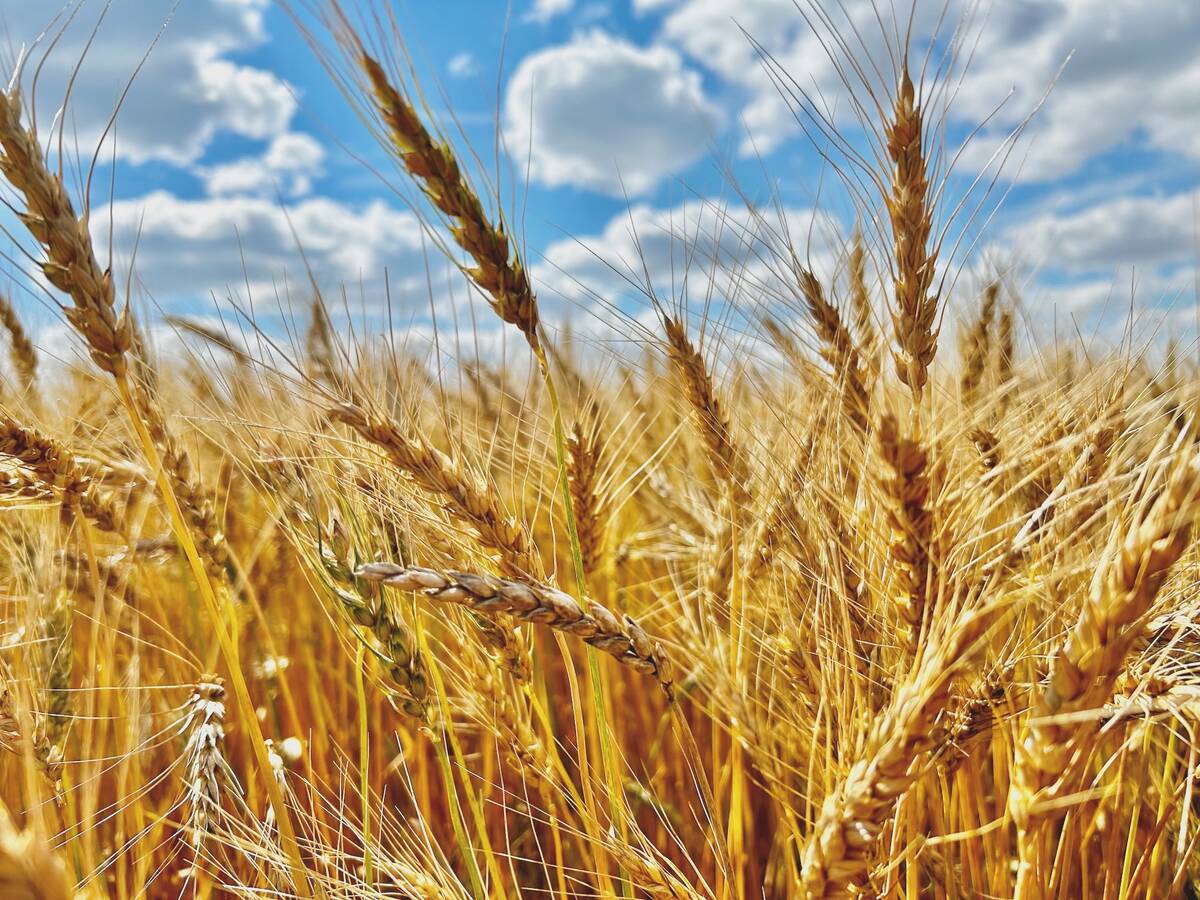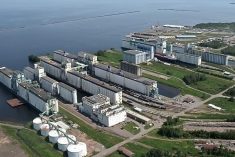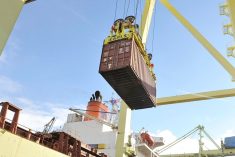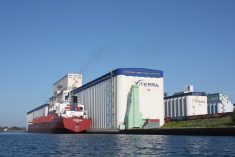Updated Jan. 4, 2019 — Winnipeg grain firm Parrish and Heimbecker’s plans for a new West Coast port terminal again have a joint venture partner.
Calgary-based GrainsConnect Canada, itself a joint Prairie grain handling venture between Australia’s GrainCorp and Japan’s Zen-Noh Grain, announced Wednesday it now has a formal 50-50 partnership agreement with P+H to build and operate the Fraser Grain Terminal at Surrey, B.C.
The deal, pending approval from federal competition regulators, calls for GrainsConnect to buy shares in P+H subsidiary Fraser Grain Terminal Ltd. The deal’s specific financial terms weren’t disclosed.
Read Also

Prairie Wheat Weekly: Modest increases for cash prices
Spring wheat and durum cash prices were moderately higher across the Canadian Prairies for the week ended Dec. 19. This was despite losses in Chicago and Kansas City wheat and Agriculture and Agri-Food Canada projecting larger all wheat ending stocks for 2025/26. Minneapolis wheat bumped up on the week, lending some support to Canadian cash prices.
P+H executive vice-president John Heimbecker said Wednesday the new partnership “helps ensure (FGT) is ready for service in 2020.”
FGT, when launched in 2016, was billed as a joint venture between P+H and another privately-held Winnipeg grain firm, Paterson Grain.
P+H said it had explored involvement with Paterson early in the FGT project’s development but applied independently for the project permits; FGT remained wholly owned by P+H throughout that process, the company added.
FGT in November received its project permit from the Vancouver Fraser Port Authority. P+H then said it expected to start construction work on Dec. 3.
The new port terminal’s construction is now expected to take about 24 months, expanding an existing terminal with capacity for about 500,000 tonnes of annual throughput. Demolition of old buildings at the site was approved in June last year.
The expanded terminal is to include about 70,000 tonnes of storage capacity, for combined throughput of over four million tonnes per year, the companies said.
FGT will also have capacity to “rapidly” handle and discharge 120 rail cars and include three ship loader towers, which are expected to cut ship loading times by allowing “simultaneous” loading of multiple holds at about 2,000 tonnes per hour.
Crops loaded into the terminal’s silos would go mainly onto cargo ships, though the site will also have an “integrated” loading facility and container storage site to load rail cars and trucks to move grain to Fraser Valley customers, and containers for export via container terminals such as Deltaport.
FGT is expected to load about 80 bulk vessels a year, or about one to three vessels a week, including Panamax, Supramax and Handy-size vessels.
Most vessels would be fully loaded at FGT, though larger-class Panamaxes would be loaded to the maximum capacity according to guidelines for river draft (depth) and may be topped up later at deepwater terminals.
P+H has previously said FGT, when complete, will “improve loading efficiency, reduce rail shunting and dramatically improve rail car cycle times between the Prairies and metropolitan Vancouver.”
GrainsConnect launched in 2015 and has since built and opened grain elevators at Maymont and Reford in western Saskatchewan, with two more under construction at Vegreville and Huxley, Alta. for opening in spring and fall 2019 respectively.
Klaus Pamminger, GrainsConnect’s board chairman, said in a separate release Wednesday that FGT will connect its four elevators “directly to global customers, providing a highly efficient, integrated end-to-end solution.” — Glacier FarmMedia Network
















